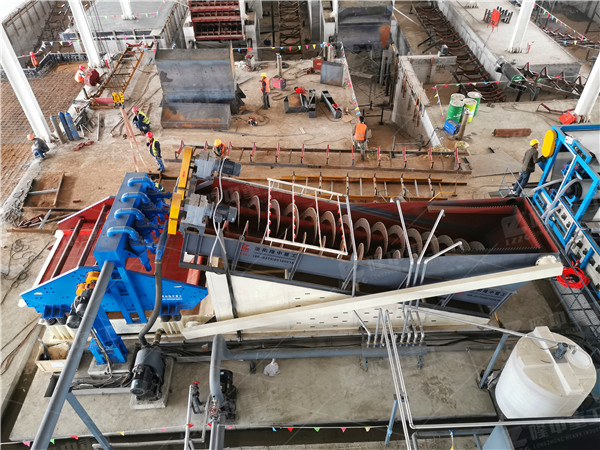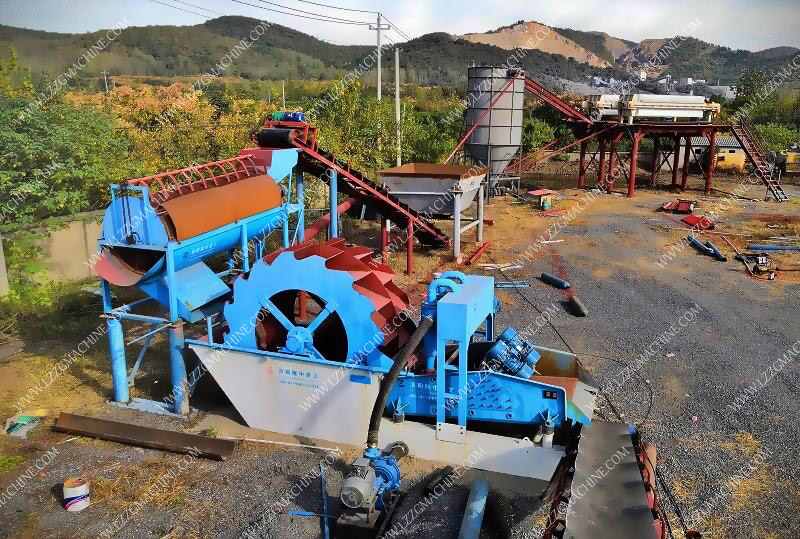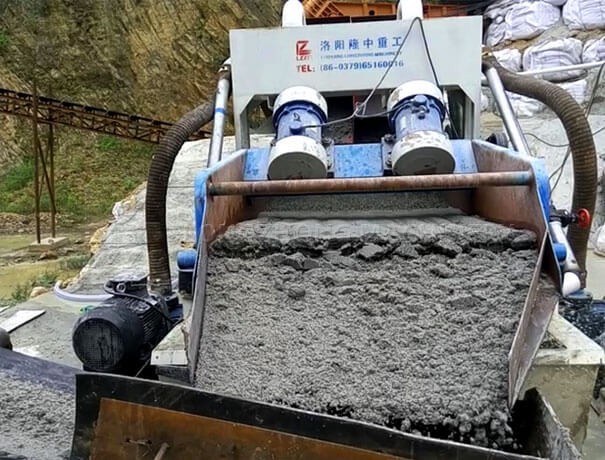Can sea sand be used for concrete after washed
 December.28,2020
December.28,2020
River sand resources are increasingly scarce, and the exploitation of river sand has also caused damage to the ecological environment. It is extremely urgent to find alternative sand sources, and sea sand is gradually being valued due to its abundant reserves.

Compared with river sand, sea sand has its own unique advantages. It has low cost, good grain shape, and low mud content. In the future, a large amount of reasonable use of sea sand has become an inevitable development trend, but sea sand contains more harmful The impurities have a certain impact on the durability of concrete. Therefore, we need to use sea sand reasonably and scientifically.
The sea sand desalination equipment is a sand washing machine + sea sand removal equipment. After multiple washings, the chloride ions of the sea sand can be effectively removed, that is, the salt is removed.
After the sea sand is desalinated, it can also be used as construction sand and gravel, but the salt and chloride ions of the sea sand must be cleaned. With the progress of sea sand cleaning technology, the application range of sea sand will be wider.
Sea Sand Concrete Standard
Japan strictly stipulates the limit value of chloride ion content per cubic meter of concrete. The specifications compiled by the Japanese Civil Engineering Society stipulate that for reinforced concrete with high durability requirements, the total amount of chloride ion should not exceed 0.3kg/m 3, general reinforced concrete The total amount of chloride ions does not exceed 0.6kg/m 3, and the Japanese standard (JASS5) stipulates that “when the salt content of sea sand exceeds 0.04% and has to be used, it is necessary to reduce the water-cement ratio, increase the thickness of the protective layer and use rust resistance And other measures.”
According to the relevant regulations of the American Concrete Institute (ACI201, ACI318), the chloride ion content of prestressed concrete shall not exceed 0.06%, 0.06%, and 0.08%, respectively; in a humid environment or with chloride salts, the chloride ion content shall not exceed 0.1%, 0.15% , 0.2%.
At present, there are roughly three methods for treating sea sand in the world: beach accumulation method, fresh water washing method, and harmful ion washing method. The sea sand desalination project adopts the most reliable harmful ion washing method, and has built an advanced sea sand desalination production line. The sea sand is delivered and then desalinated, which is highly controllable.





